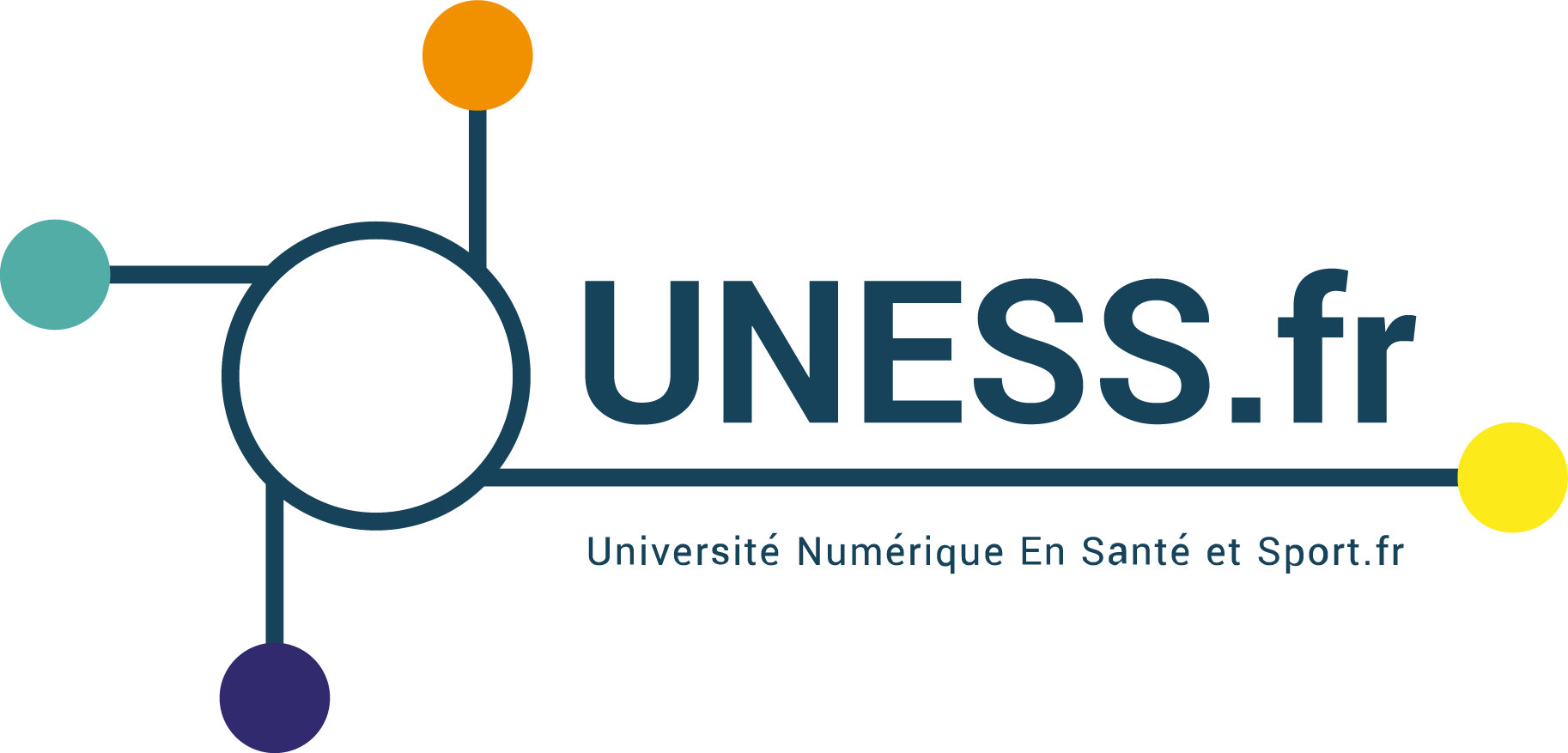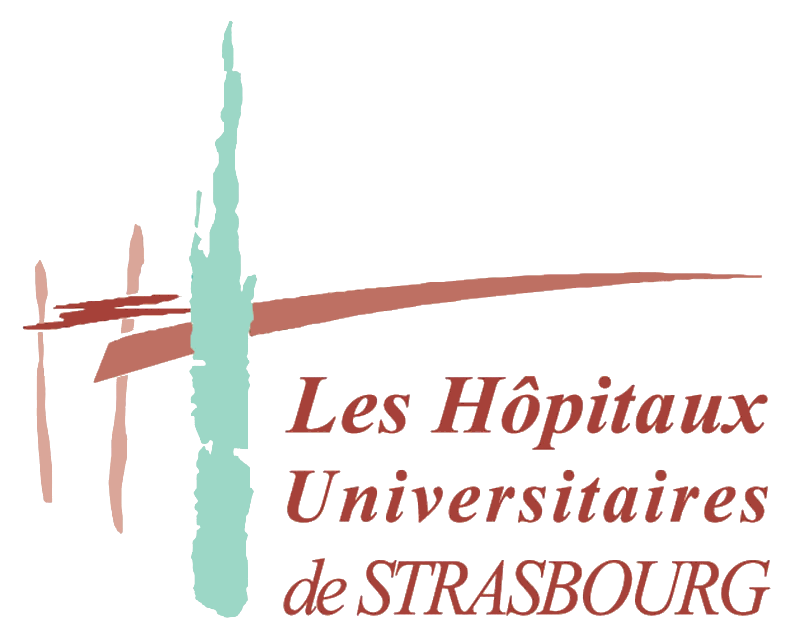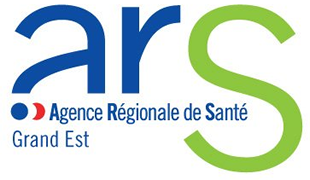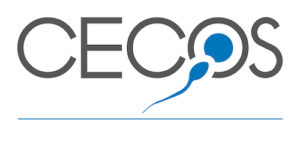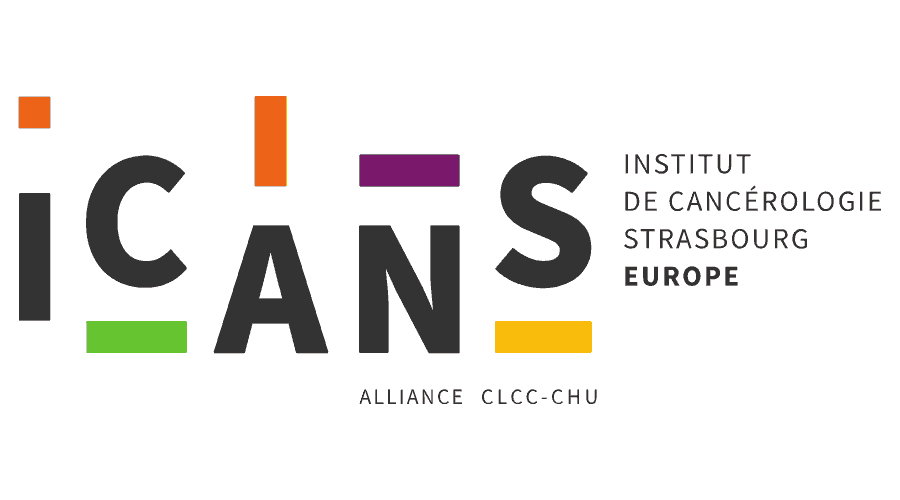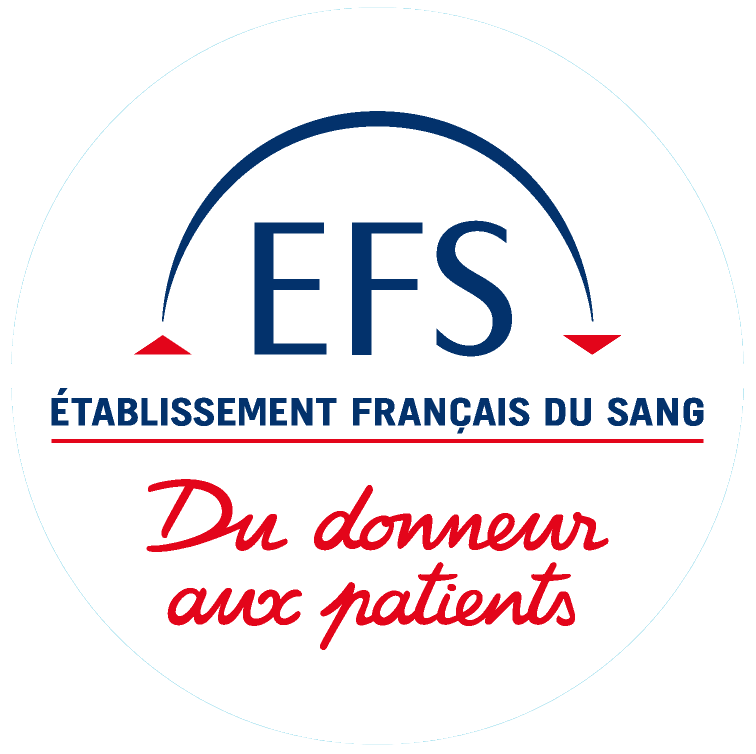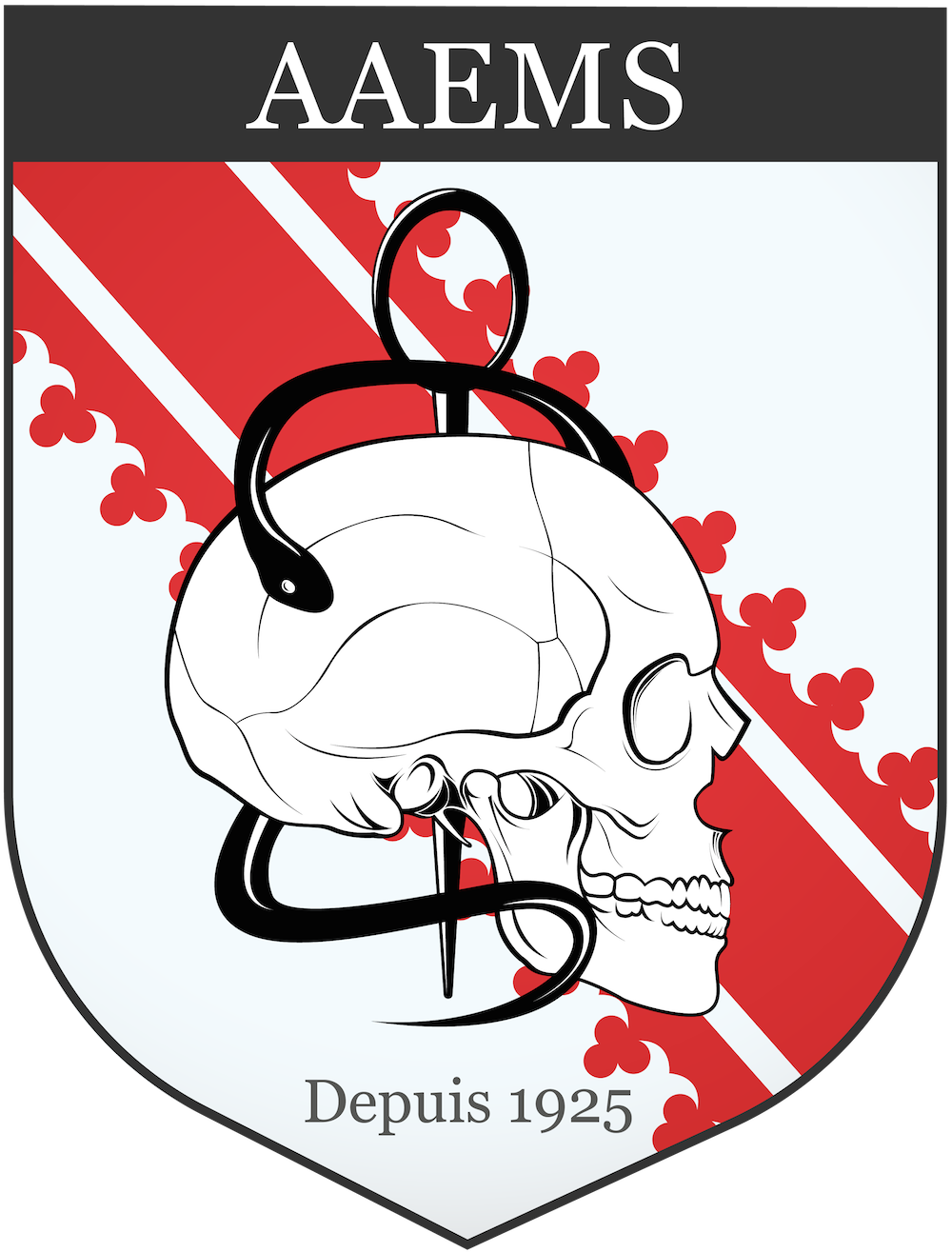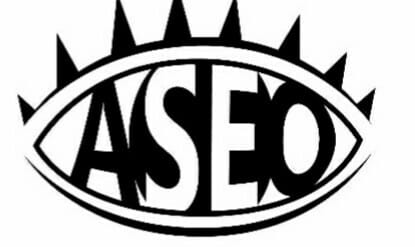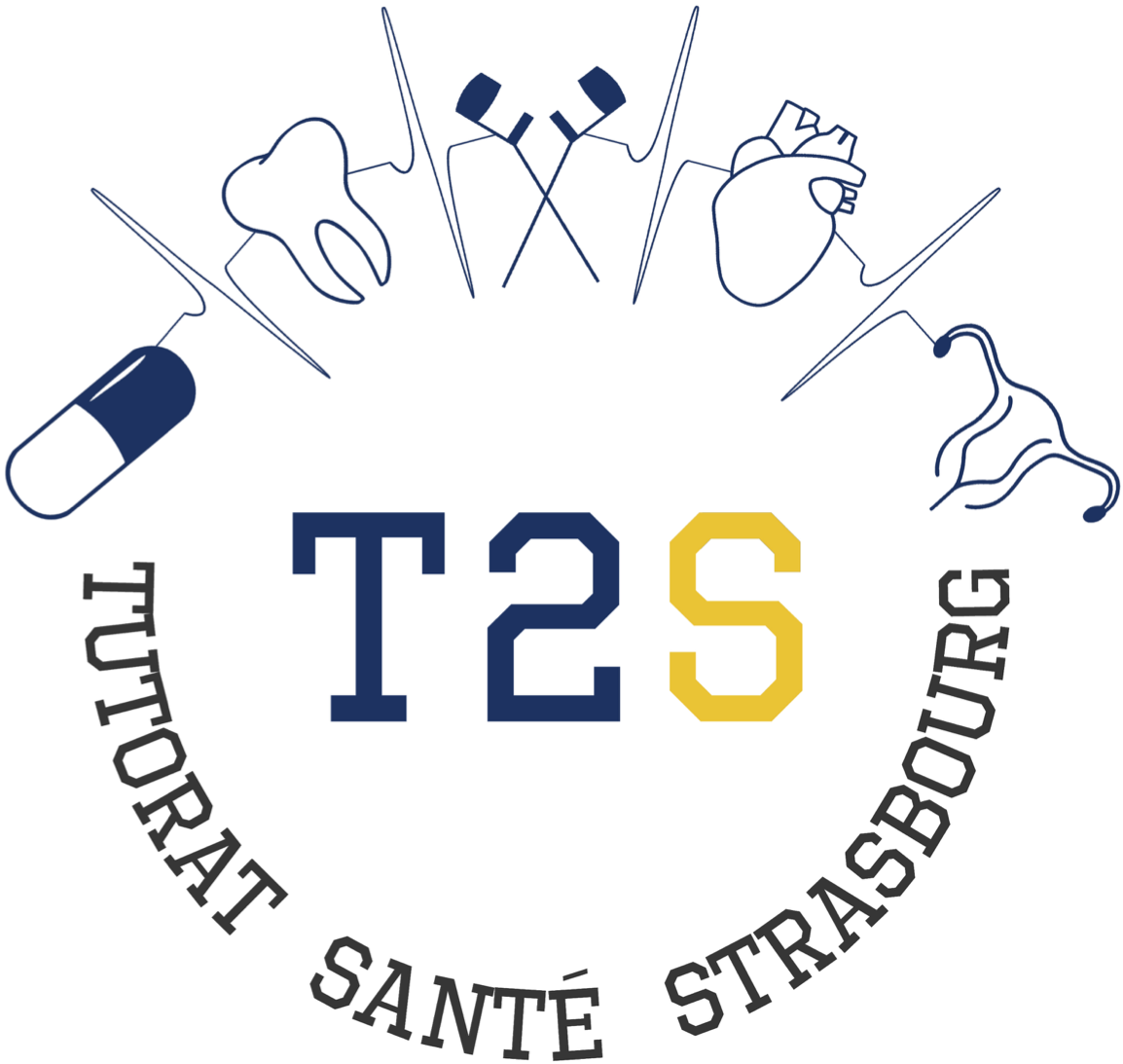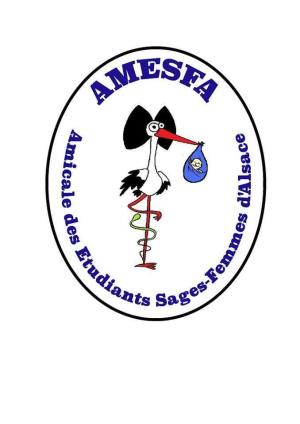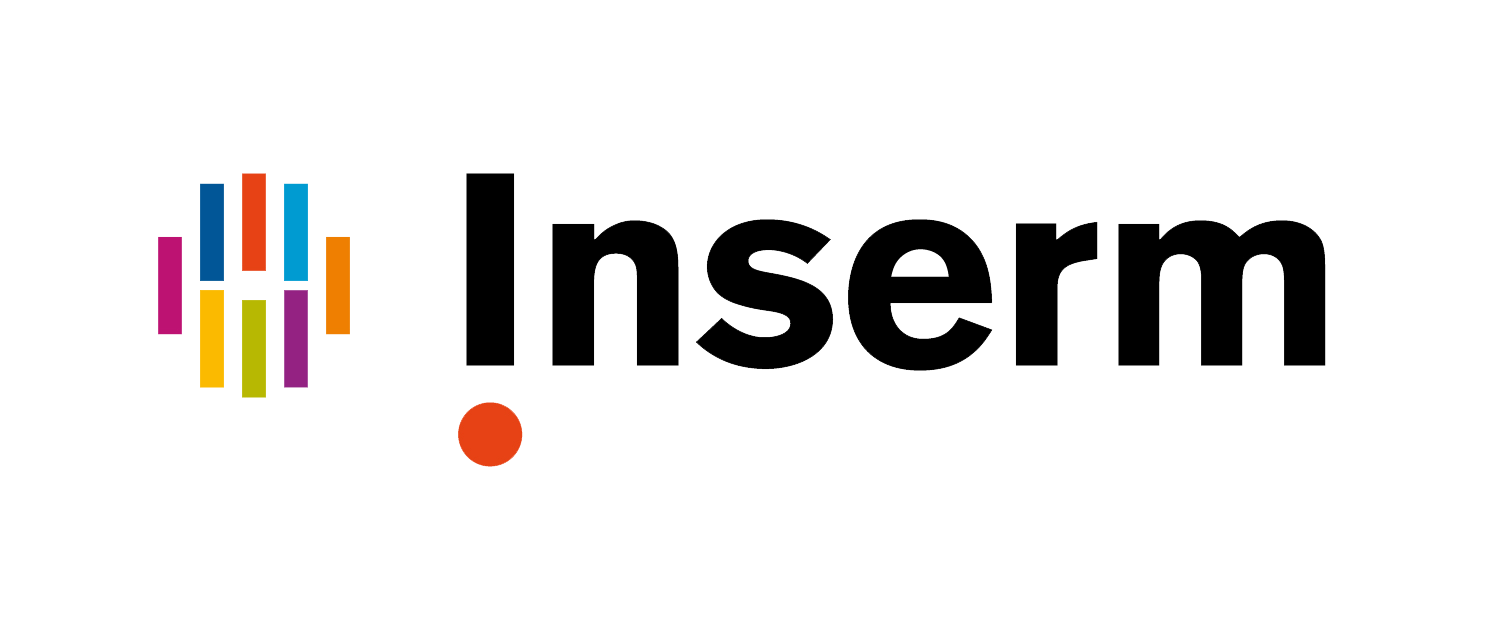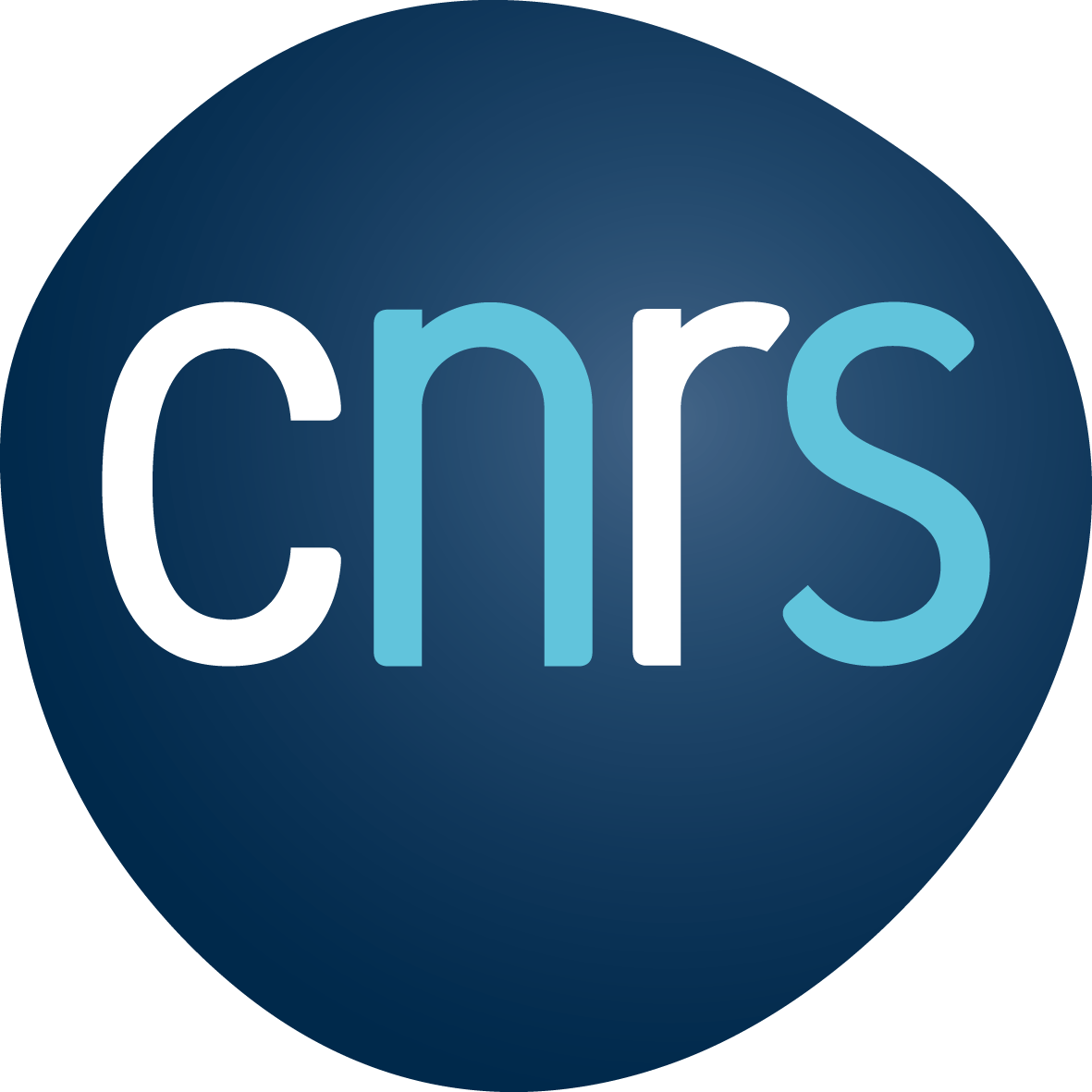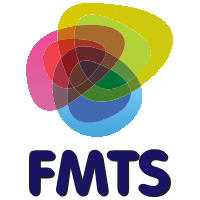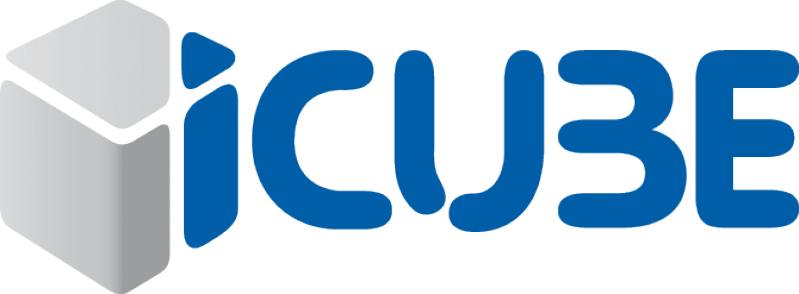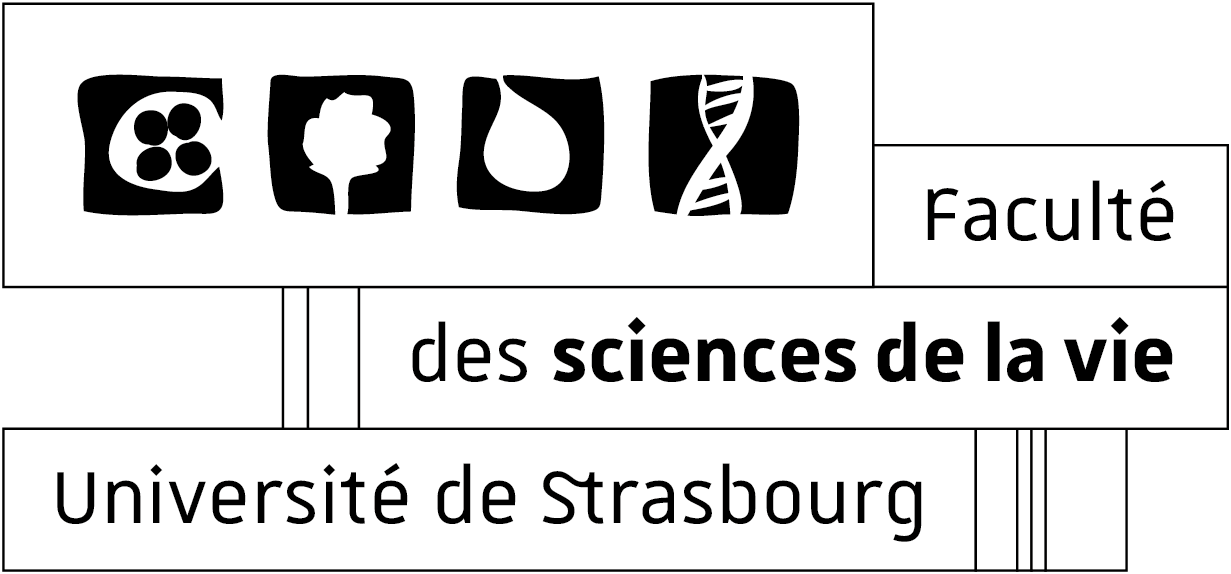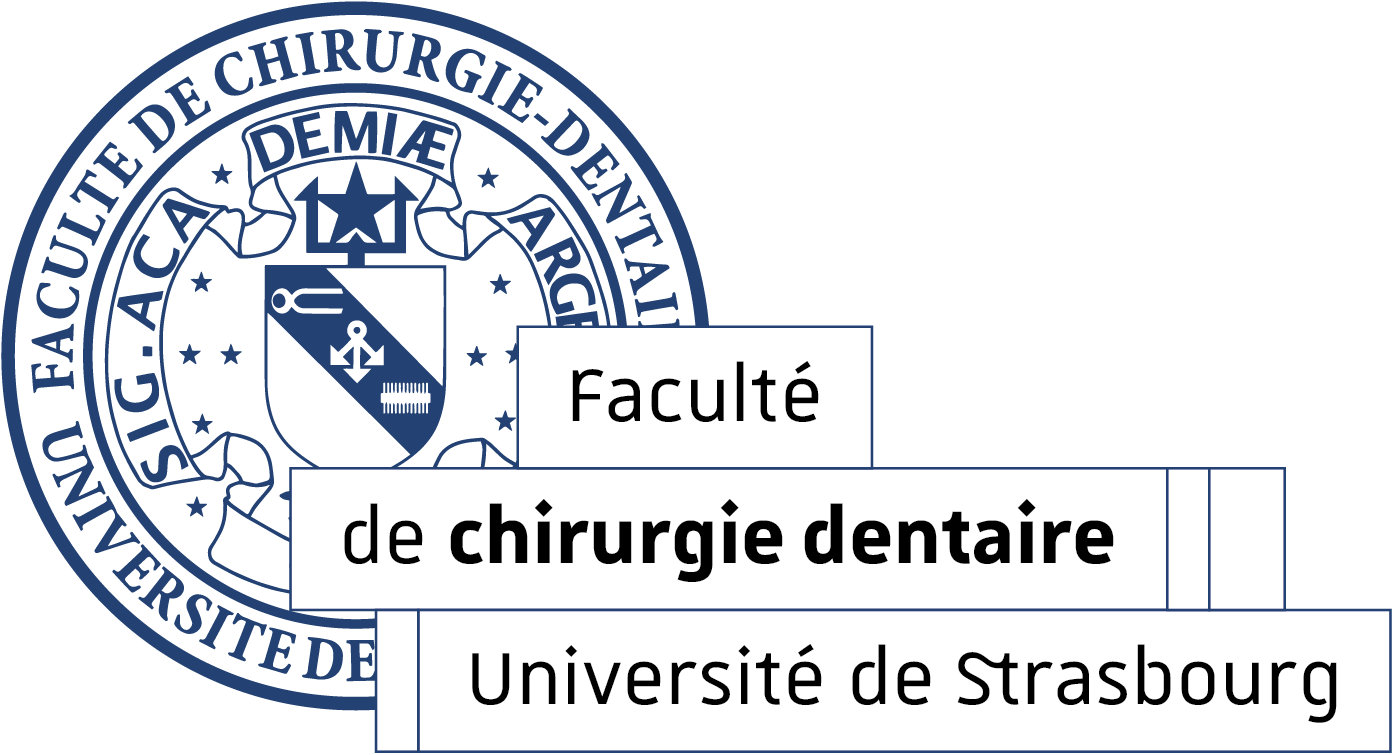- Cours (CM) 18h
- Cours intégrés (CI) -
- Travaux dirigés (TD) 10h
- Travaux pratiques (TP) -
- Travail étudiant (TE) -
Langue de l'enseignement : Anglais
Description du contenu de l'enseignement
This course is devoted to the analysis and exploitation of massive data. After a reminder of the new generation sequencing technologies (NGS), the emphasis is put on the bioinformatics processing of these NGS data (quality control, mapping, de novo genome assembly, ChIP-seq data analysis) with practical exercises on public data sets. A second part focuses on genome annotation and gene list exploitation with practical applications (automated annotation of a complete prokaryotic genome, analysis of eukaryotic genomic regions, study of the functional enrichment of a gene list...).
Detailed content
- Genomic and metagenomic projects in the 3 domains of Life and their applications
- Sequencing and genome assembly
- Annotation of genomes
Localization of genomic elements (repetitive elements, non-coding and coding genes, pseudogenes)
Number of genes, genome size and complexity, transcript diversity
Functional annotation (Methods and limitations)
- Integration of omics data: from a gene list to biological networks
- Epigenetic regulation of eukaryotic genome expression
- Methods for studying the epigenome (ChIP-seq...)
Detailed content
- Genomic and metagenomic projects in the 3 domains of Life and their applications
- Sequencing and genome assembly
- Annotation of genomes
Localization of genomic elements (repetitive elements, non-coding and coding genes, pseudogenes)
Number of genes, genome size and complexity, transcript diversity
Functional annotation (Methods and limitations)
- Integration of omics data: from a gene list to biological networks
- Epigenetic regulation of eukaryotic genome expression
- Methods for studying the epigenome (ChIP-seq...)
Compétences à acquérir
Objectives in terms of acquired skills :
- Mastery of main resources dedicated to exploration of genomes and epigenomes
- Ability to analyse NGS data (quality control, mapping, assembly…)
- Mastery of programs and methods commonly used in genome annotation
- Ability to analyse and exploit a list of genes
- Ability to use different working environments and platforms (Windows/linux, Galaxy, Ensembl, UCSC…)
Bibliographie, lectures recommandées
Bibliographie, support du cours :
Fatica, A., and Bozzoni, I. (2014). Long non-coding RNAs: new players in cell differentiation and development. Nat Rev Genet 15, 7–21.
Goodwin, S., McPherson, J.D., and McCombie, W.R. (2016). Coming of age: ten years of next-generation sequencing technologies. Nat Rev Genet 17, 333–351.
Lesk, A.M. (2017). Introduction to Genomics (Oxford University Press).
Nagarajan, N., and Pop, M. (2013). Sequence assembly demystified. Nat Rev Genet 14, 157–167.
Fatica, A., and Bozzoni, I. (2014). Long non-coding RNAs: new players in cell differentiation and development. Nat Rev Genet 15, 7–21.
Goodwin, S., McPherson, J.D., and McCombie, W.R. (2016). Coming of age: ten years of next-generation sequencing technologies. Nat Rev Genet 17, 333–351.
Lesk, A.M. (2017). Introduction to Genomics (Oxford University Press).
Nagarajan, N., and Pop, M. (2013). Sequence assembly demystified. Nat Rev Genet 14, 157–167.
Contact
École supérieure de biotechnologie de Strasbourg (ESBS)
300, boulevard Sébastien Brant - CS 1041367412 ILLKIRCH-GRAFFENSTADEN
0368854680
Formulaire de contact
Responsable
Bruno Chatton
Odile Lecompte

